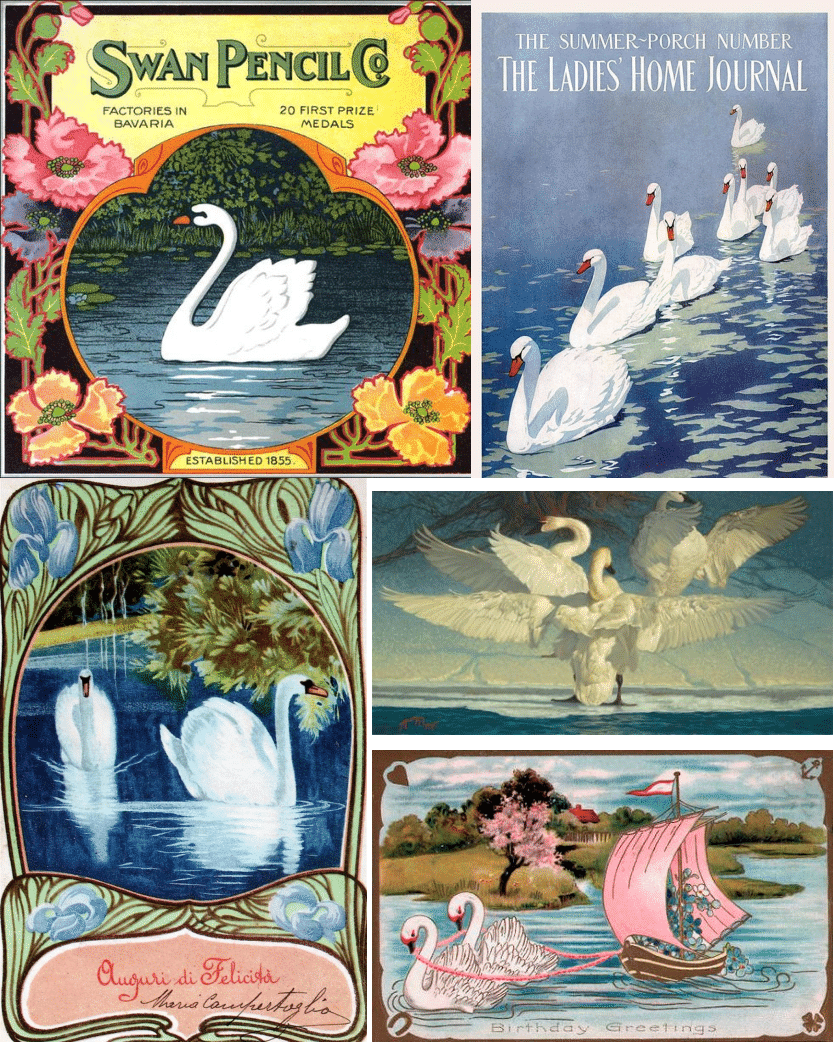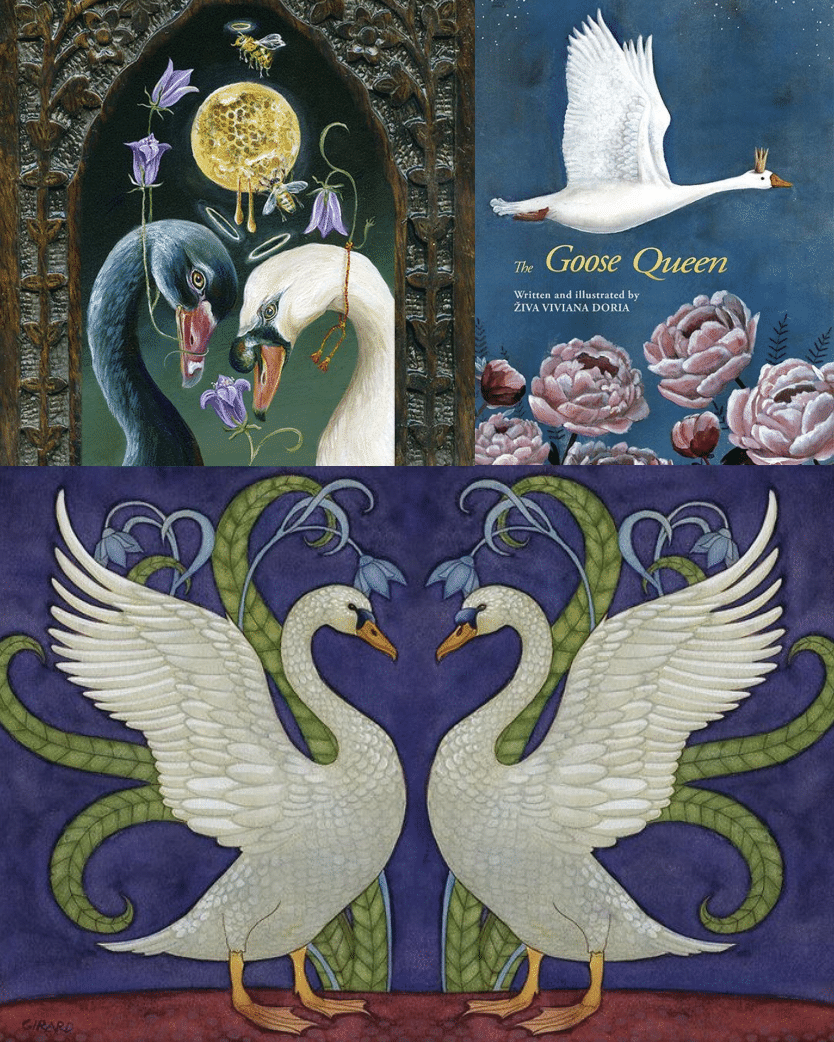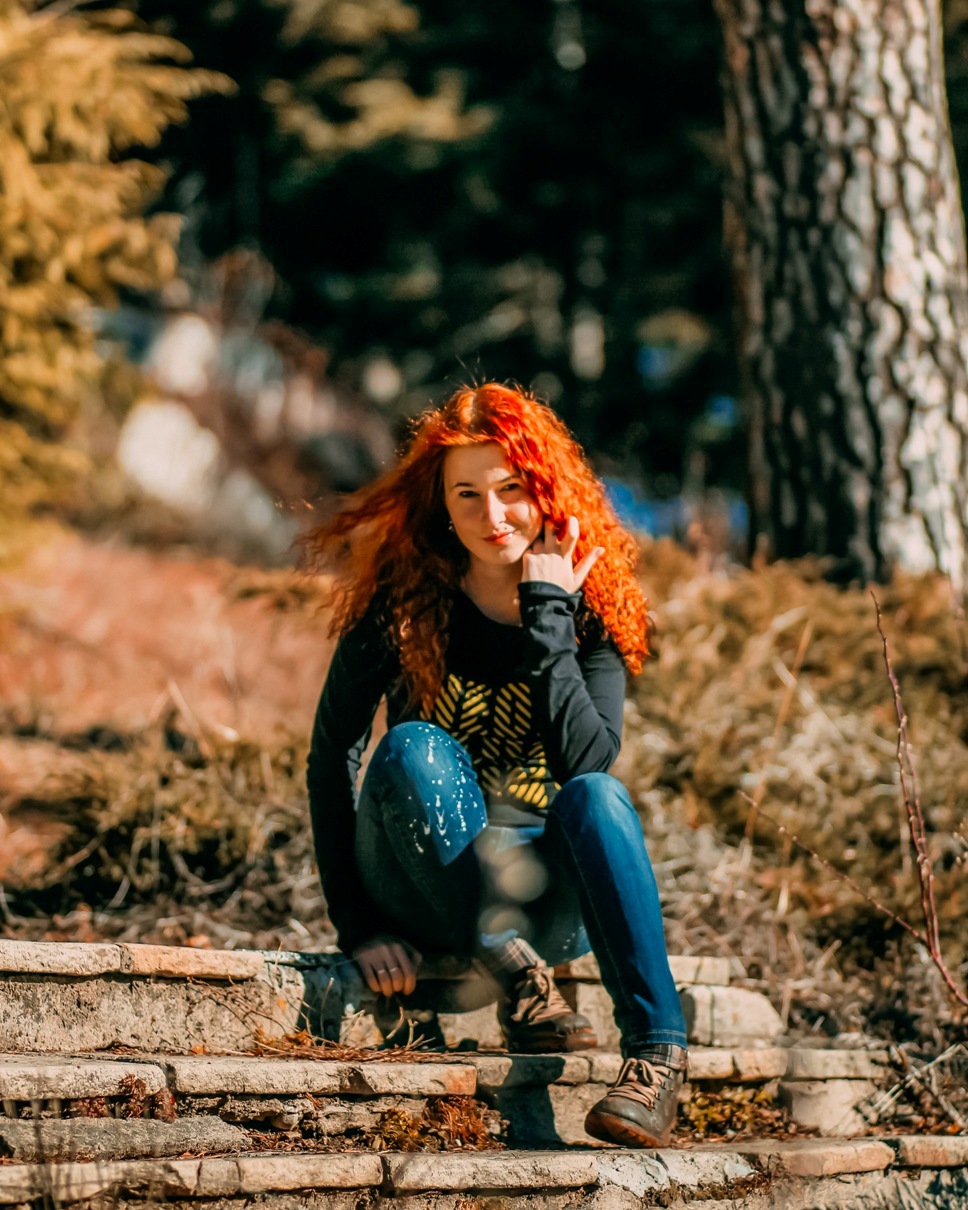Today I was visited by swan inspiration… Let’s take a dive into the world of those elegant, serene birds that glide gracefully across the water like ballerinas in a ballet. Swans have always fascinated me with their beauty and poise, and did you know they can be a great source of inspiration? Let’s explore some fun facts about these majestic creatures and how they can inspire us in our daily lives.

Swans may be a majestic sight, but they will hiss at you if you get too close, and if you don’t run away immediately, they may pounce on you with their beak.
They Can Sleep While Floating. Swans have the remarkable ability to sleep while floating on water. They tuck their beaks into their back feathers and rest one leg at a time, keeping an eye out for any potential threats even as they snooze.
Swans Can Fly at High Altitudes. While swans are often associated with serene waterways, they are also capable of flying at impressive altitudes. Migrating swans have been recorded flying as high as 29,000 feet (8,800 meters) above sea level!
Their Long Neck Has More Vertebrae Than a Giraffe. Swans have long, elegant necks that allow them to reach underwater vegetation for feeding. What’s surprising is that they have more neck vertebrae than giraffes—up to 25 in total—enabling them to twist and turn with incredible flexibility.
Young Swans Are Called Cygnets. While this might be known to some, it’s a charming fact nonetheless. Baby swans are called cygnets, and they are adorable fluffy bundles of gray or brown feathers. They stay close to their parents for protection and learning until they’re ready to venture out on their own.

Swans For Lunch. These days you won’t find anyone eating swans, but if you travel back a few hundred years, you can see that the swan was a delicacy that rich people loved for dinner.
Royal Swans. No one could just take possession of these birds without paying the British monarchy for the privilege. And a whole system was devised to keep track of them. However, by default, the swans of the entire country belonged to the king and queen. And it works even today: any unmarked swans swimming in England’s open waters belong to the Queen.
Swans were considered royal birds, but by the early 15th century, wealthy people could buy the right to own, sell, and eat them. If you wanted to keep swans on your property, you had to buy a “swan mark” from the king, which had to be carved or branded into your bird’s beak.
These marks are some of the oldest property marks in England. They may have started out as simple lines or shapes, but over time hundreds of signs and whole books devoted to accounting for them have appeared that way. They were designed to look like swords or crossbows, heraldic symbols, and eventually letters.
Look for inspiration in stunning animals, then check out my related posts on this topic: The Cozy World of Fairy Artist Susan Wheeler and Artist Alfred Richardson Barber and his rabbits.
If you liked this post “Swan inspiration” then please follow me on Instagram, so you don’t miss any updates.
I am available for commercial work such as personal photography, brand photography, product photography and more. If you would like to work with me, feel free to email me – hello@foxgleann.com.



